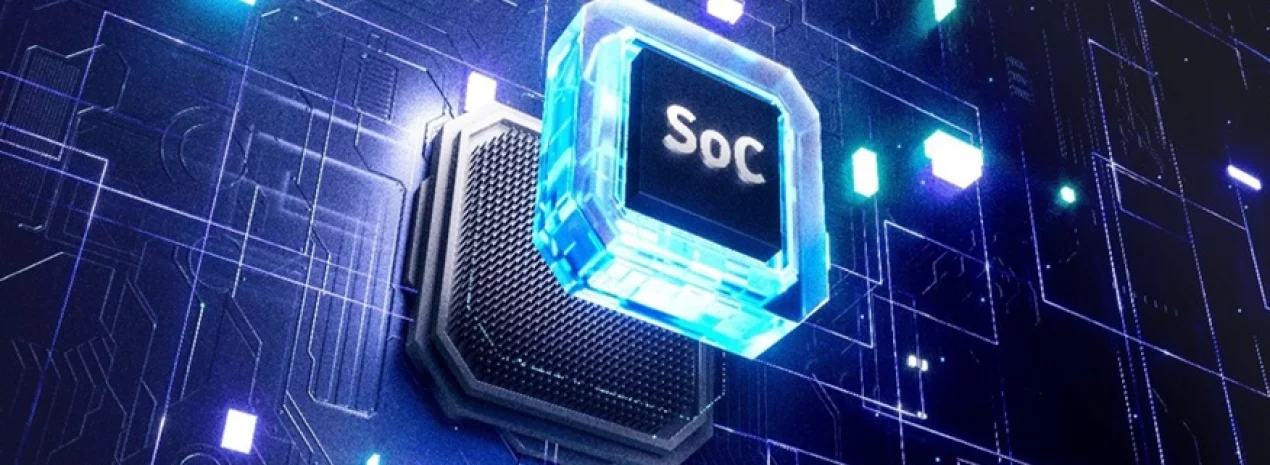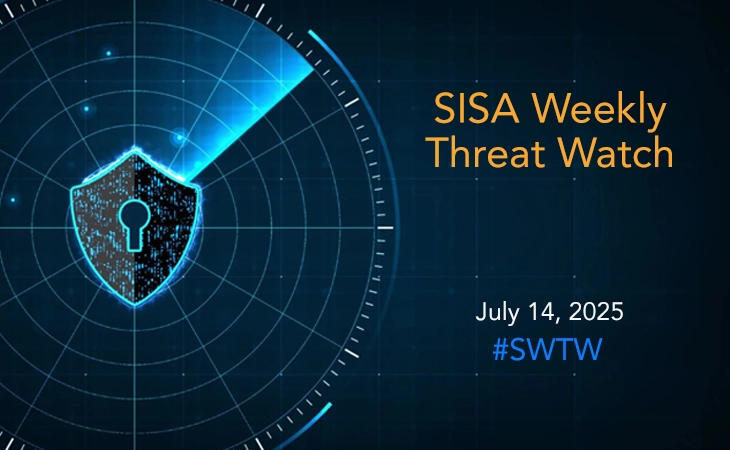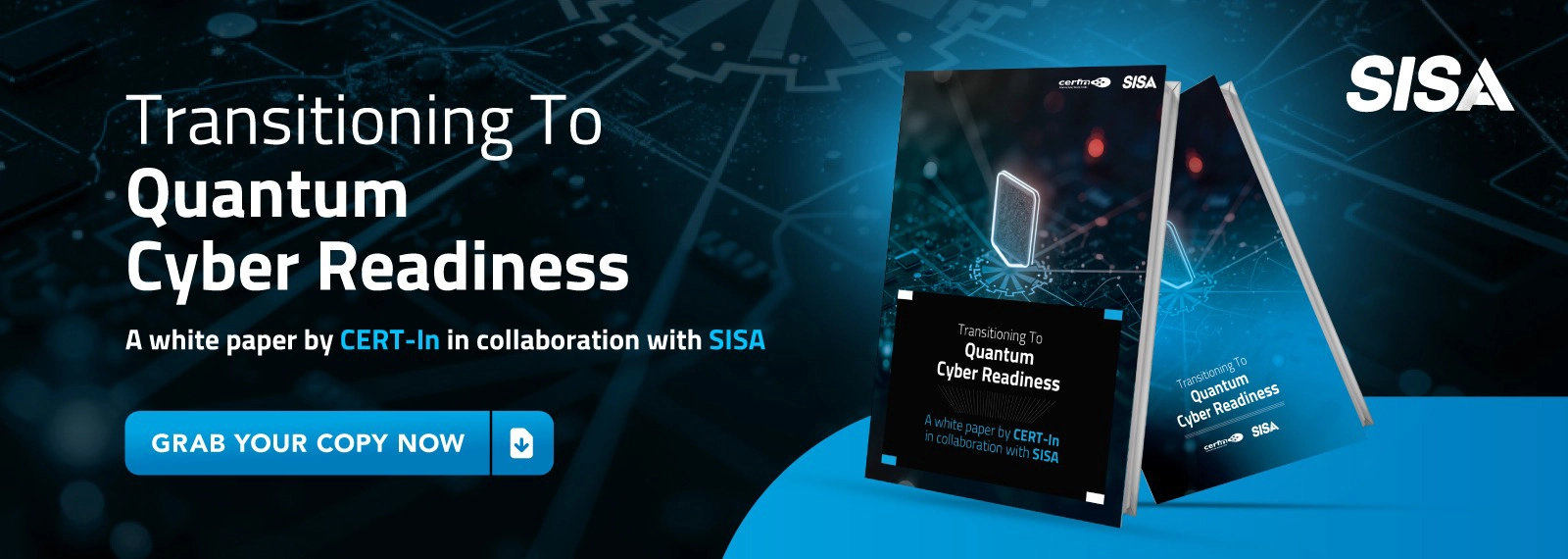
What is a Security Operations Center (SOC)?
What is a Security Operations Center (SOC)?
A Security Operations Center (SOC) is a centralized function dedicated to improving an organization’s cybersecurity posture by unifying and coordinating all cybersecurity technologies and operations. Pronounced “sock” and sometimes referred to as an Information Security Operations Center (ISOC), a SOC is an in-house or outsourced team of IT security professionals who monitor the organization’s entire IT infrastructure around the clock. The primary mission of the SOC is to detect, analyze, and respond to security incidents in real-time, ensuring a proactive defense posture against cyber threats.
Key Functions of a SOC
- Asset Inventory: Maintaining a comprehensive inventory of all assets, including applications, databases, servers, cloud services, and endpoints, and the security tools used to protect them.
- Routine Maintenance: Conducting preventive maintenance, such as applying software patches, updating firewalls, and maintaining security policies and procedures.
- Incident Response Planning: Developing and regularly updating an incident response plan outlining roles, responsibilities, and success metrics for handling incidents.
- Regular Testing: Performing vulnerability assessments and penetration tests to identify and address potential threats, refining security measures as needed.
- Staying Current: Keeping up-to-date with the latest security solutions, technologies, and threat intelligence to counter emerging threats effectively.
- Continuous Monitoring: Monitoring the entire IT infrastructure 24/7 using tools like SIEM (Security Information and Event Management) and EDR (Extended Detection and Response) to detect known exploits and suspicious activities.
- Log Management: Collecting and analyzing log data from network events to establish normal activity baselines and identify anomalies that indicate potential threats.
- Threat Detection: Filtering out false positives and prioritizing threats based on severity to ensure critical threats are addressed promptly.
- Incident Response: Taking immediate actions to limit damage during a security incident, such as isolating compromised areas, shutting down endpoints, or removing infected files.
- Recovery and Remediation: Restoring affected systems to their pre-incident state, ensuring business continuity by using backups and resetting passwords and authentication credentials.
- Post-Mortem and Refinement: Analyzing incidents to identify vulnerabilities, updating processes, policies, and tools, and preventing future occurrences.
- Compliance Management: Ensuring all systems and processes comply with data privacy regulations (e.g., GDPR, CCPA, PCI DSS, HIPAA) and managing the notification and auditing process following a data breach.
Learn More: A practical application of AI and Data Analytics to improve effectiveness of SOC
Key Roles in a SOC
- SOC Manager: The SOC Manager oversees all SOC activities, supervises personnel, ensures efficient operations, and reports to the Chief Information Security Officer (CISO). Responsible for strategic planning, incident response coordination, resource management, and communication with upper management, the SOC Manager ensures the SOC meets its security objectives.
- Security Engineers: Security Engineers build and manage the organization’s security architecture. They evaluate, implement, and maintain security tools and technologies like firewalls and intrusion detection systems. Collaborating with IT departments, Security Engineers integrate security measures into application development and deployment, ensuring robust protection across the IT ecosystem.
- Security Analysts: Security Analysts are the frontline responders to cybersecurity threats and incidents. They monitor networks and systems for suspicious activity, investigate potential threats, and triage incidents based on severity. Taking immediate action to mitigate threats, Security Analysts ensure that security breaches are contained and resolved promptly, maintaining data and system integrity.
- Threat Hunters: Threat Hunters specialize in detecting and containing sophisticated threats that evade automated security measures. Proactively searching for advanced persistent threats (APTs) and zero-day vulnerabilities, Threat Hunters use advanced analytics, threat intelligence, and forensic techniques to identify and neutralize hidden dangers. Their proactive approach uncovers threats that traditional security measures might miss.
- Forensic Analysts: Forensic Analysts investigate security incidents post-occurrence. They retrieve and analyze data from compromised devices to determine the root cause of breaches. Conducting detailed examinations, Forensic Analysts identify vulnerabilities and understand attacker tactics. Insights from forensic analysis help refine security measures and prevent future incidents.
Types of SOCs
- In-House SOC: A dedicated team with a physical on-premises location or a virtual team coordinating remotely using digital tools.
- Outsourced SOC: Managed by a third-party Managed Security Service Provider (MSSP), responsible for preventing, detecting, investigating, and responding to threats.
- Hybrid SOC: A combination of internal staff and a managed security service provider, used to augment the organization’s staff with specialized expertise.
Conclusion
A well-run SOC is essential for any organization aiming to maintain a robust cybersecurity posture. By continuously monitoring, detecting, and responding to threats, a SOC not only protects the organization’s digital assets but also ensures business continuity, regulatory compliance, and customer trust. With a comprehensive and proactive approach, SOCs are pivotal in safeguarding organizations against the ever-evolving landscape of cyber threats.
Frequently Asked Questions
What is the difference between a SOC and a NOC?
A Security Operations Center (SOC) focuses specifically on security-related issues, detecting, analyzing, and responding to cybersecurity threats. A Network Operations Center (NOC), on the other hand, handles the overall network management, including performance monitoring and uptime assurance of IT systems.
How do SOCs prioritize and handle different types of cyber threats?
SOCs prioritize threats based on severity, impact, and the vulnerability of affected systems. They use tools like SIEM and XDR for real-time analysis and threat intelligence platforms to stay updated on new and evolving threats. This helps in identifying which threats to address immediately and which can be scheduled for later review.
Can small businesses benefit from a SOC, or is it only for large enterprises?
Small businesses can also benefit significantly from SOC services, especially through outsourced or hybrid models, which provide access to advanced security measures and expertise without the high cost of establishing an in-house SOC.
What kind of training and qualifications are typically required for SOC staff?
SOC personnel often have degrees in computer science, IT, cybersecurity, or related fields. Certifications such as Certified Information Systems Security Professional (CISSP), Certified Information Security Manager (CISM), and Certified Ethical Hacker (CEH) are also valuable. Ongoing training in the latest security practices and tools is crucial.
How does a SOC integrate with other departments in an organization?
A SOC integrates with other departments by collaborating closely with IT, network operations, human resources, and legal teams to ensure that security measures align with organizational policies and compliance requirements. This coordination helps in managing the overall security posture and responding effectively to incidents.
Latest
Blogs
Whitepapers
Monthly Threat Brief
Customer Success Stories
 USA
USA India
India APAC
APAC Middle East
Middle East Global
Global






 Facebook
Facebook Linkedin
Linkedin  X
X Youtube
Youtube






